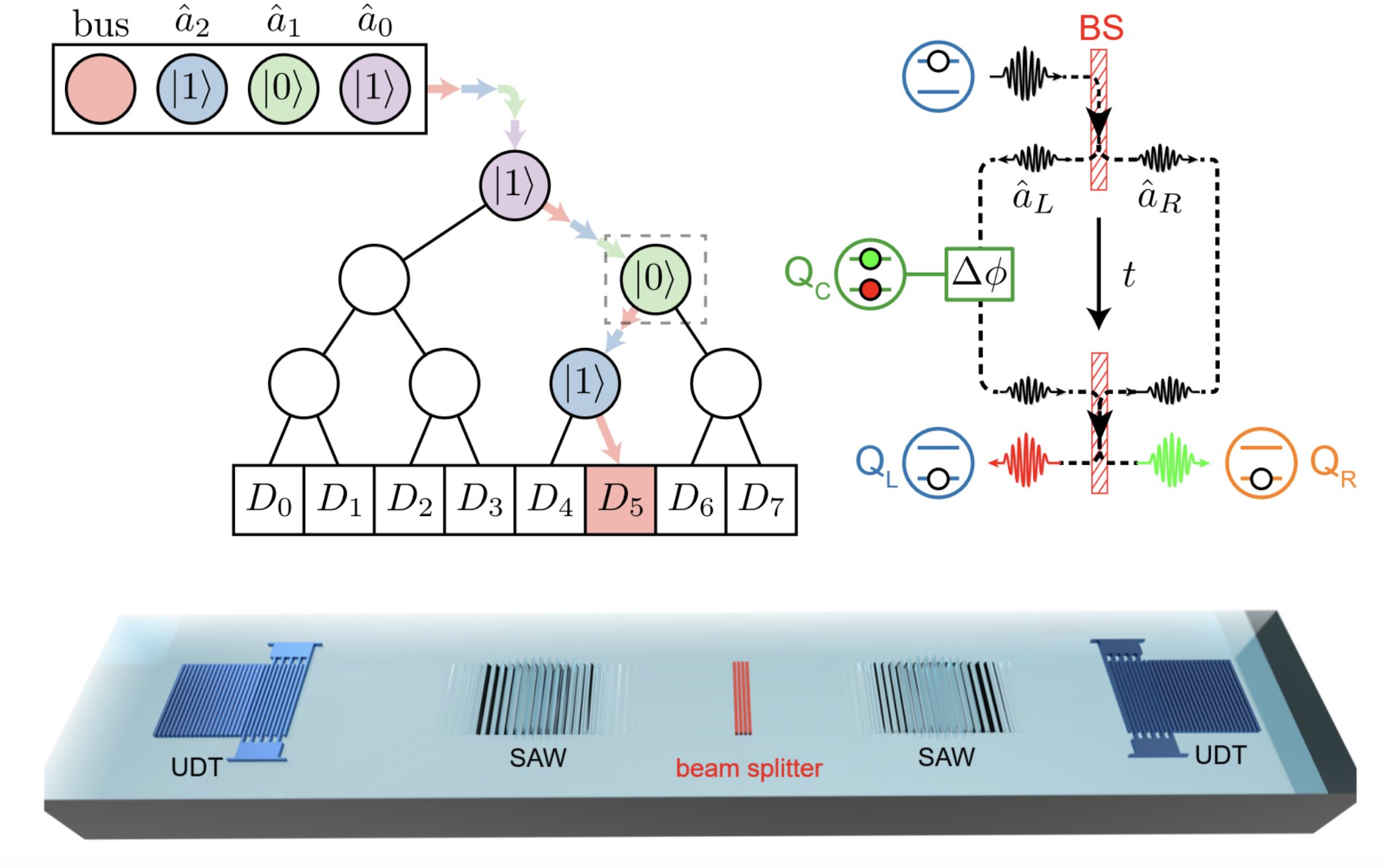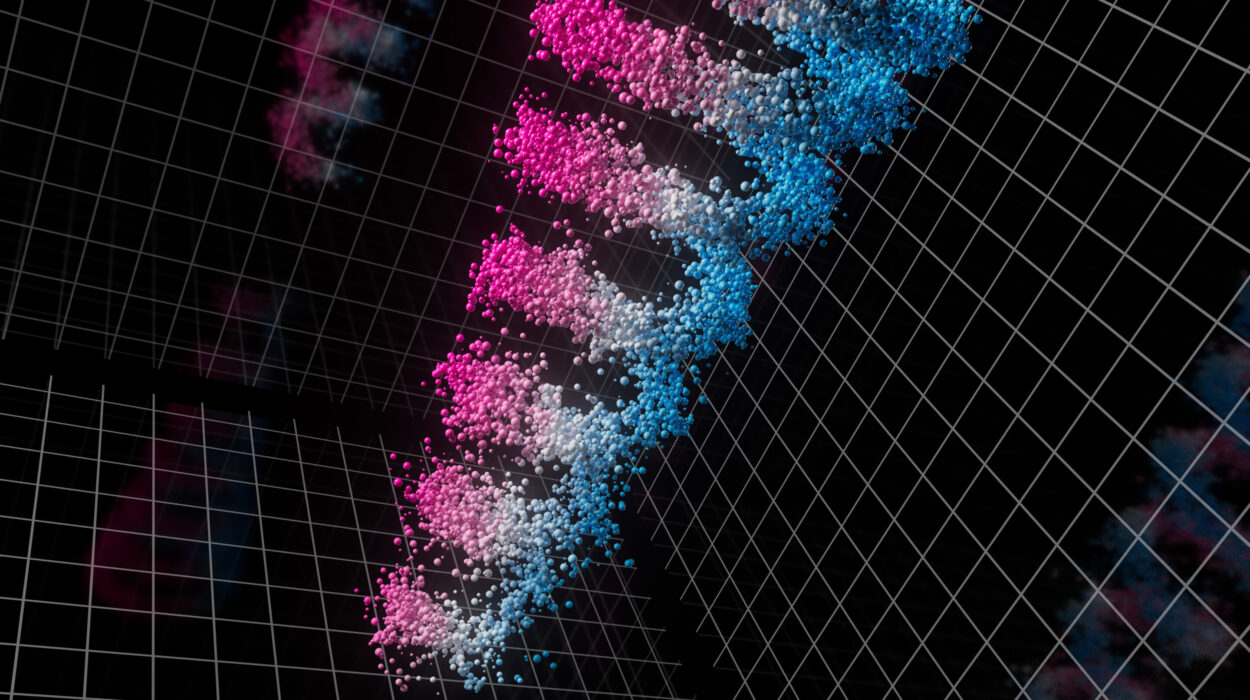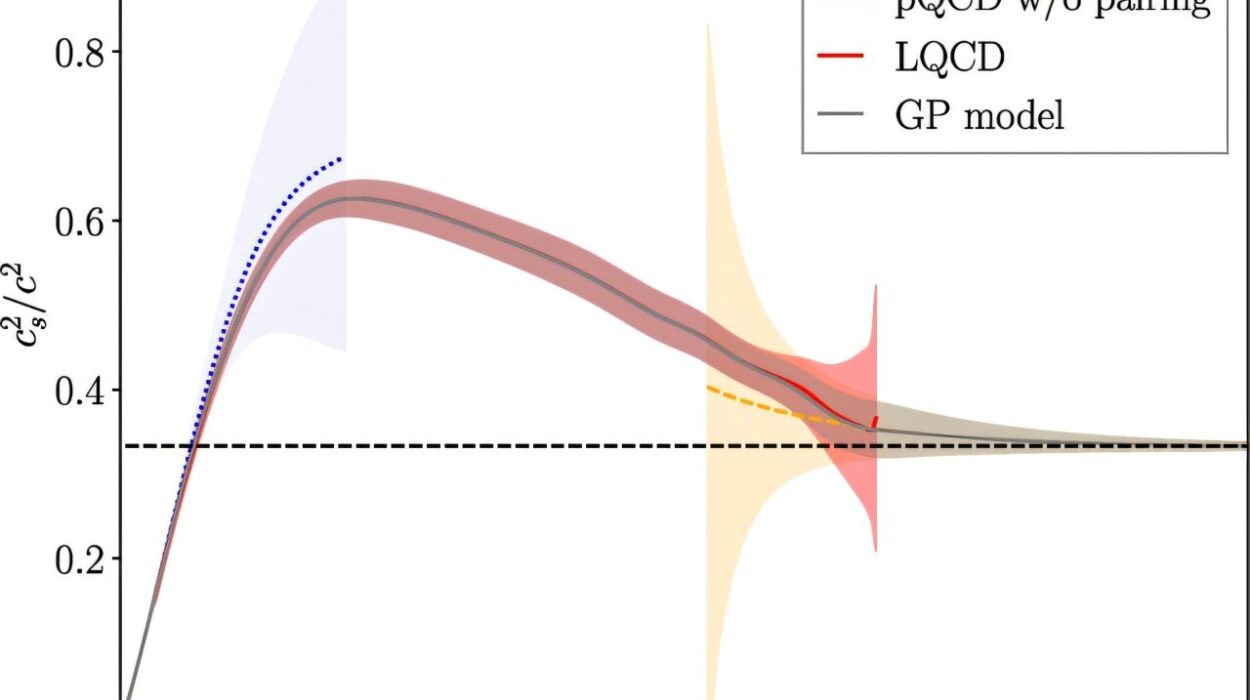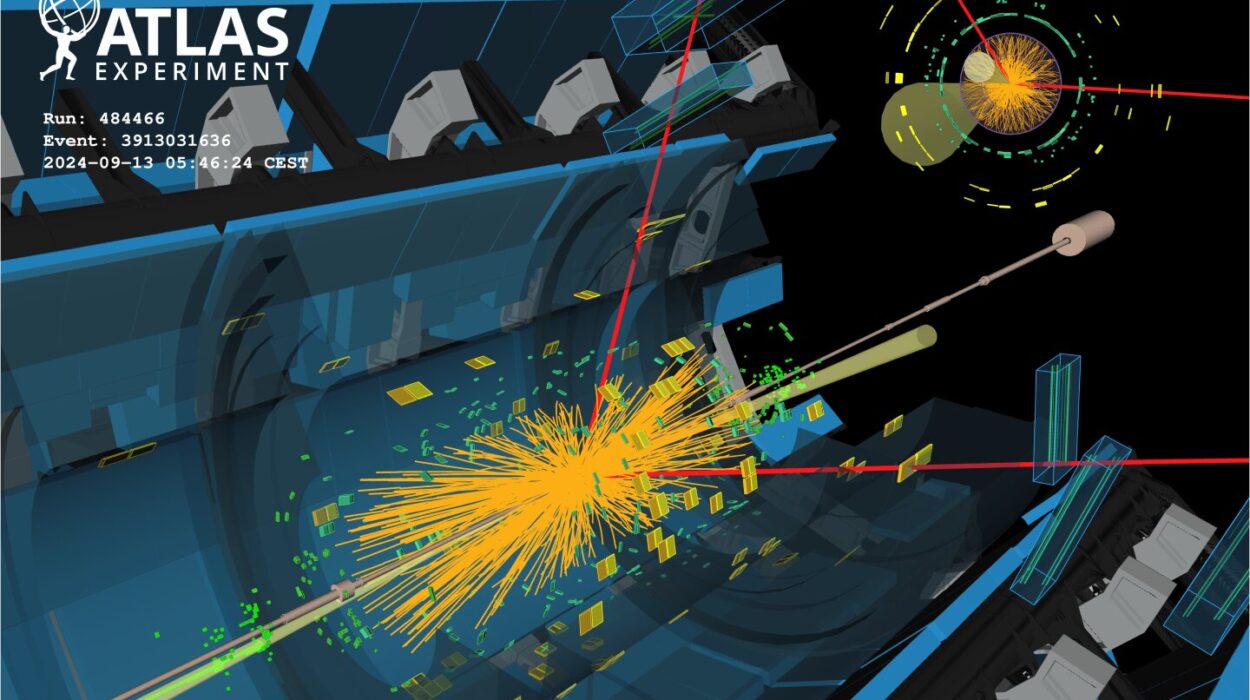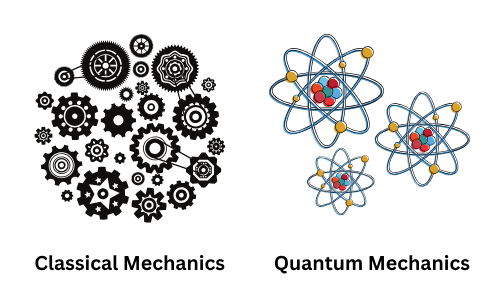In the mysterious realm of quantum mechanics, where particles can exist in multiple states at once and dance between realities, researchers are now turning sound into a tool for memory—literally.
In a study that could transform how quantum computers process and store information, scientists at the University of Chicago have developed a new type of quantum memory system, known as quantum random access memory (QRAM), using phonons—quantum particles of sound—and robust quantum bits called transmons.
Their findings, published in Physical Review Letters, represent a bold step forward in building scalable, efficient, and compact quantum devices capable of outperforming even the most powerful classical computers on specific tasks.
Superposition and the Promise of QRAM
At the core of quantum computing lies a principle that defies everyday intuition: superposition. Unlike classical bits, which can only exist as either 0 or 1, quantum bits (or qubits) can exist as both at the same time. This opens the door to astonishing computational power, allowing quantum computers to evaluate numerous outcomes simultaneously.
But as quantum processors scale, they face a massive challenge: how to efficiently store and access vast amounts of information. That’s where QRAM comes in.
Quantum random access memory doesn’t just store data. It accesses multiple pieces of information simultaneously, thanks to the bizarre laws of quantum mechanics. It promises to supercharge quantum computing for tasks like machine learning, complex simulations, and solving optimization problems once considered unsolvable.
However, building a QRAM system that is both compact and resilient to error has remained one of the thorniest challenges in the field—until now.
The Sound of Innovation: Phonon Routers Meet Transmon Qubits
Enter the team at the University of Chicago, led by researchers Zhaoyou Wang and Hong Qiao. Their vision: to harness the subtle vibrations traveling across solid surfaces—called surface acoustic wave phonons—as information carriers in quantum circuits.
By designing a novel component called a “transmon-controlled phonon router,” the researchers have effectively built a switchboard for single sound particles, directing them through a network of memory units based on the quantum state of a superconducting transmon qubit.
“Imagine a tiny railway network, where quantum bits tell phonons where to go,” said Wang. “Our architecture allows us to guide these sound particles with high precision, while avoiding the common problems of interference and hardware complexity.”
Inspired by the phonon Mach-Zehnder interferometer—a quantum device that splits and then recombines waves to detect tiny phase shifts—the team integrated a transmon-controlled gate into the interferometer. This enabled them to route phonons based on the quantum instructions encoded in transmon qubits, achieving a foundational step for scalable QRAM.
A Tree-Like Path Toward the Future
One of the key innovations of the study lies in the architecture itself. Traditional QRAM concepts often require a sprawling web of connections that are difficult to scale and highly susceptible to noise. But Wang and Qiao’s team introduced a tree-like structure, where each branch contains a router that splits decisions, reducing both the hardware needed and the risks of frequency crowding.
This layout allows for faster and more efficient memory access, with fewer qubits and physical connections than previous designs. In quantum computing—where every added component is a potential source of noise and error—this efficiency could prove critical.
“Our approach avoids bottlenecks in signal processing and simplifies the entire memory architecture,” Qiao explained. “It’s not just about performance; it’s about making quantum devices that are feasible to build and maintain.”
Dual-Rail Encoding: Catching Errors in Real Time
Quantum devices are notoriously fragile. A passing electromagnetic fluctuation or a stray vibration can collapse a qubit’s delicate quantum state, leading to errors that ripple through the system. To address this, the researchers implemented a strategy called hybrid dual-rail encoding.
By splitting a quantum state across two separate pathways, this method allows the system to detect when information is lost due to dominant noise, without needing additional qubits or external circuitry. In essence, it catches errors as they occur—without complicating the hardware.
“Phonon-based routers offer unique advantages in QRAM design,” said Wang. “They’re compact, fast, and thanks to hybrid encoding, surprisingly error-aware.”
Building the Foundations for Tomorrow’s Quantum Machines
This study is not just a theoretical model. The researchers are already planning real-world demonstrations, with experiments designed to test the transmon-controlled phonon router and its ability to withstand practical challenges, including dephasing noise—a form of error that causes qubits to lose coherence.
As part of future work, the team will also explore more advanced quantum error correction techniques, seeking to make their architecture not just functional, but fault-tolerant—a crucial milestone for the future of quantum computing.
The promise is immense. QRAM could be the missing puzzle piece in quantum algorithms that need to quickly access vast data sets. In applications ranging from pharmaceutical development to cryptographic analysis and climate modeling, fast and reliable quantum memory could be the difference between theoretical possibility and real-world power.
From Sound to Supercomputers: A New Quantum Language
In the classical world, sound doesn’t typically make for a memory system. But in the quantum world, where particles can exist as waves and information lives in the folds of probability, even a whisper can carry incredible weight.
By taming sound and pairing it with the control of superconducting qubits, this new QRAM design offers a fresh path forward—a compact, efficient architecture built not on brute force but on elegance, precision, and a deep understanding of the physics at play.
As Wang and Qiao put it, this is not just about building a memory system—it’s about listening to the universe in a new way, and learning how to make it speak back through the language of quantum mechanics.
Quantum memory may have just found its voice. And it sounds like progress.
Reference: Zhaoyou Wang et al, Quantum Random Access Memory with Transmon-Controlled Phonon Routing, Physical Review Letters (2025). DOI: 10.1103/PhysRevLett.134.210601. On arXiv: DOI: 10.48550/arxiv.2411.00719
